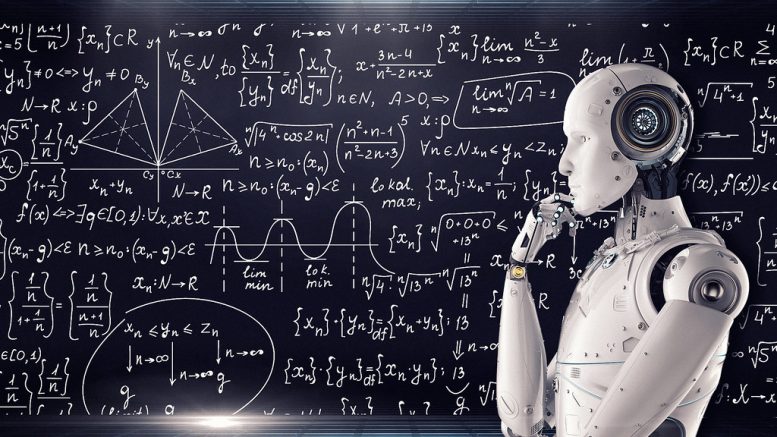“Artificial Intelligence & AI & Machine Learning” by mikemacmarketing is licensed under CC BY 2.0.
As technology advances swiftly, Artificial Intelligence has penetrated in numerous sectors. Especially in the field of education, the application of AI has brought a revolutionary shift in traditional educational system. Due to the efficiency of AI and the diversity of its knowledge base, Educators could develop more personalised teaching plans through AI platform, while students can better access knowledge from a massive knowledge base. Undoubtedly, AI has opened an unprecedented opportunities for both parties to modernise and further advance the general progress of the education industry.
Enhance teaching quality
- Powerful Assisted Education


During the Covid-19 pandemic, traditional face to face teaching system has unprecedentedly been impacted. Under this background, the quality of online education became particularly critical. To be more specific, the body language such as eye contact in the traditional class is hard to capture and convey online. As the result, it would be risky that some obscure points may not be well explained. Abdulrahman et al. (2022) also suggested that correct use of body language can be more effective in conveying information to students. which implies that the absence of body language in teaching not only increases students’ uncertainty about their knowledge, but also increase teacher’s workload by answering the same questions over and over again. However, the emergence of related AI derivatives provide hopes to these issues. As illustrated by (Ng et al., 2023), the Covid-19 period resulted in the rapid integration of AI technology into education systems around the world. More specifically, the AI virtual assistants can provide students with 24/7 Q&A service, which means that students do not have to wait for specific consultation hour or teacher’s response anymore to get a detailed response from the AI assistant, with huge database of knowledge, from simple to deep.
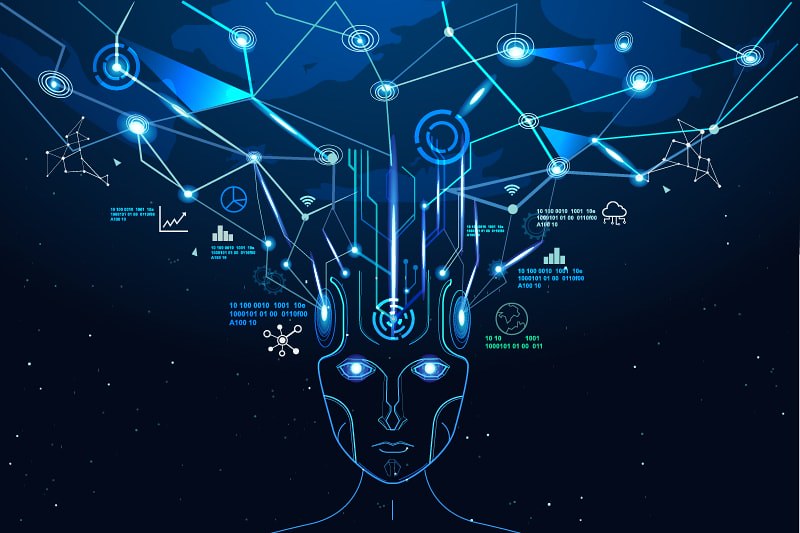

Marr (2018) also points that AI tools help teachers to fill in the gaps in their teaching. Just as Chat-GTP exists, since human teachers are constrained by time and energy, they often act as guides, helping students navigate the vast ocean of knowledge. In contrast, the Chat-GTP serves as a portable assistant for students, accurately answering their various questions at any time in the way of study. Teaching tips on the University of Sydney’s official website also point out that Chat-GTP can help students in applying abstract concepts to real world scenarios through specific examples (Liu, 2023). This collaborative working model between humans and AI not only improves the efficiency of teaching and learning, but also ensures that students are able to relate their knowledge to the variety of situations.
- Potential doubts
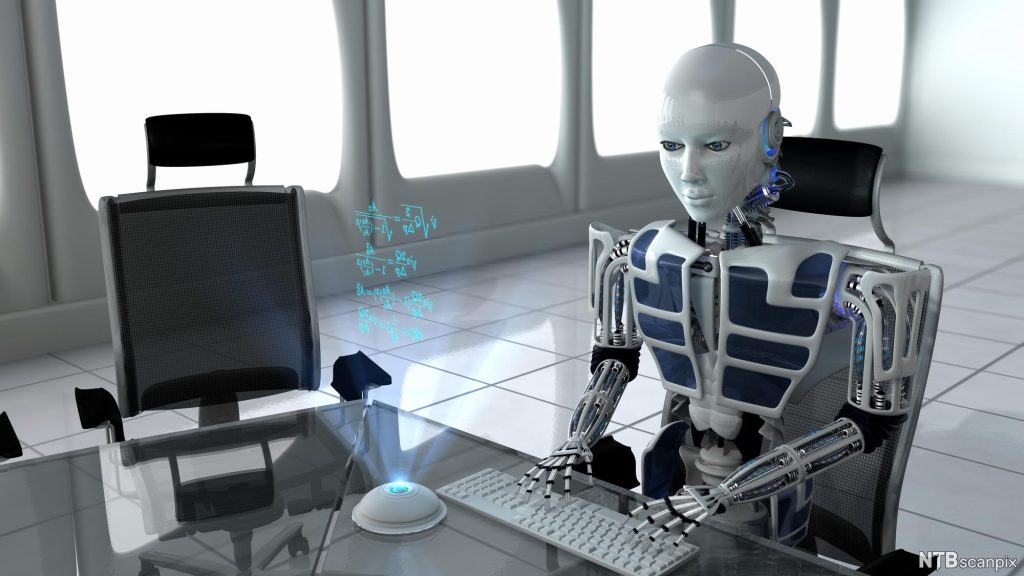

However, concerns may be raised about whether this model leads to students to become overly reliant on AI tools. As noted in (Seo et al., 2021), some educators are worried that over reliance on AI tools may weaken students’ ability to think independently. Admittedly, if students are always used to relying on AI tools to get answers they want instead of trying to explore on their own, it will leave them felling overwhelmed without the technical support of AI. The study by Ahmad et al.(2023) also demonstrated that AI tools has a significant impact on losing human self decision making skill, thus making them lazy. In addition, the over use of AI may also put students in trouble of academic misconduct issues. While the concern of overuse of AI is reasonable, and has controversies and challenges in the academic field (Kooli, 2023). Nevertheless, we can’t deny the greater positive effects that AI brings just because of the abusive behaviour by some people. Skeat & Ziebell (2023) note that most students are cautious about relying on AI, viewing it more as an assistant that can help them in understanding knowledge and sparking inspiration. Ng et al.,(2023) also suggests that the period of AI education is still centred on human teacher as the core of communication. Additionally, Universities design assignments with variety of forms, as well as using plagiarism detection and online proctoring software to reduce potential cheating (King, 2023). Undoubtedly, it not only promote students to use AI tools regularly and politely, but also the detecting software with integrated AI technology can more effectively assist educators in instructional management and assessment, which highlight precisely the advantages offered by the new model that combines human teachers and AI.
Enhance class interaction
- Background


As (Seo et al., 2021) mentioned, the interaction between students and teachers is pivotal in education. The effective interaction not only helps students to better understand the knowledge they learnt, but also helps teachers to grasp the specific circumstances of students, thus adjusting their teaching methods and strategies. Typically, the effectiveness of class interactions depends on the level of students engagement and cooperation. However, judging this level of engagement could be a significant challenge for educators in traditional instructional environments. Since they generally have to rely on subjective assessments, which could lack accuracy. However, the incorporation of AI educational technology offers a new path to solve this issue.
- Intelligent Detection
The video above describes the widespread use of AI in China today, and specifies a “headbands” in a primary school that can analyses the neural fluctuations in students’ brain to determine whether the students is paying attention to the class, and uploads data simultaneously to the corresponded AI platform for teachers and parents to check. Apparently, the “headbands” provide a more scientific and objective way of evaluation of students’ interaction than the subjective assessment in traditional education. Combined with the powerful algorithms of the receiving platform, educators are able to get more accurate picture of students’ learning status and attention distribution. Facial recognition systems and predictive analysis also help teachers take action by using expression capture and predictive algorithms to detect students circumstances and academic risks(Akgun & Greenhow, 2021). More importantly, this technology also has the potential to help teachers identify students who might have learning or other cognitive disabilities. In this case, providing them with more targeted support or assistance would also promote educational equality in some way.
- Faced challenges?
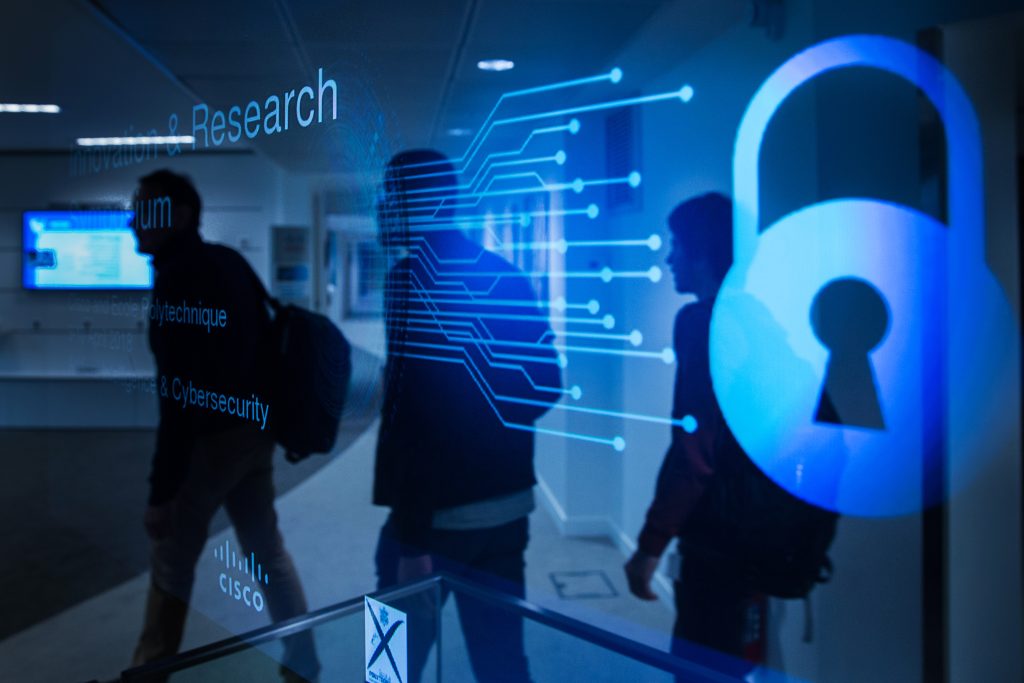

However, the popularity of combining this technology with educational systems is also destined to generate some controversy. Some people may be concerned that the acquisition of data for the platform through “surveillance” of students may violate their privacy right. Akgun & Greenhow (2021) suggest that AI’s predictions and inferences based on data collected from detecting students are likely to create potential bias from teachers. The study by Seo et al.(2021) also points out that AI supervision in education may lead to students feeling anxious, as well as potentially ignoring the nuances of human emotions thus making incorrect judgements. Indeed, while AI is widely used in modern society, it still had limitations in understanding and interpreting the complex emotional and psychological states of humans. It corresponds the main reason that Marr(2018) mentions why it’s still difficult for AI to completely replace human teachers with current level of technology. In addition, technical biases can also affect the results. As the neuroscientist in the video also indicated, the electroencephalography(EEG) behind the “headbands” is susceptible to external influences that could lead to inaccurate false positive or true negative judgements. It’s true that these concerns are legitimate and necessary since AI technology is still in the developmental stage, but we should maintain confidence in the future improvement of AI field to solve these problems. At the same time, it will also become inevitable to ensure that teachers will able to understand the outputs of AI by specialised training them. As Ng et al. (2023) mentioned, educators are required to get the ability to master AI tools in more sophisticated way than before. This implies that as teachers will become deeper understanding about AI in the future, the decisions they make will not only based on AI judgements, but also the reality circumstances, thus reducing bias more effectively. In addition, the improvement of relevant laws will also promote the protection of students’ data privacy. Based on these guarantees, the use of AI in education must tend to be positive and effective.
Conclusion
The rapid development of AI technology has profoundly changed our lives, and it become more and more widely used in various industries. In this paper, we discuss two kinds of AI teaching assistants in the education industry as examples. While both of those applications have space for improvement under current technology and usage specifications, we firmly believe that AI technology is the trend of this century and must brings more revolutionary advances in the future.
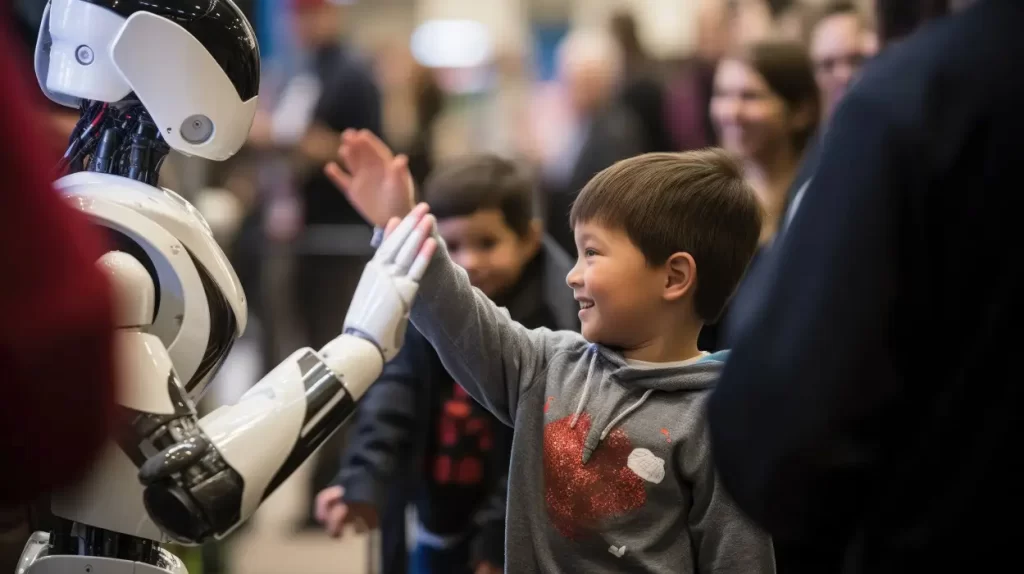

References
Tao, B., Díaz, V., & Guerra, Y. (2019). Artificial intelligence and education, challenges and disadvantages for the teacher. Arctic Journal, 72(12), 30-50
Hrabchak, M. (2023, February 10). Top 10 Industries Using Artificial Intelligence: Facts, Insights, Use Cases. October 2, 2023, https://idapgroup.com/blog/top-10-industries-using-artificial-intelligence/
Guest Author. (2023, May 30). Three ways AI can help teachers save time now. Getting Smart. https://www.gettingsmart.com/2023/05/30/three-ways-ai-can-help-teachers-save-time-now/
Seo, K., Tang, J., Roll, I., Fels, S., & Yoon, D. (2021). The impact of artificial intelligence on learner–instructor interaction in online learning. International Journal of Educational Technology in Higher Education, 18(1). https://doi.org/10.1186/s41239-021-00292-9
Abdulrahman, S. A., Kara, S., & Bingol, M. (2022). Body language in education and effective recommendations to pre-service teachers in classroom management. International Journal of Social Sciences & Educational Studies, 298–307. https://doi.org/10.23918/ijsses.v9i1p298
Ng, D. T., Leung, J. K., Su, J., Ng, R. C., & Chu, S. K. (2023). Teachers’ ai digital competencies and twenty-first century skills in the post-pandemic world. Educational Technology Research and Development, 71(1), 137–161. https://doi.org/10.1007/s11423-023-10203-6
Krishnamurthy, S. (2020). The Future of Business Education: A commentary in the shadow of the COVID-19 pandemic. Journal of Business Research, 117, 1–5. https://doi.org/10.1016/j.jbusres.2020.05.034
Williamson, B. (2023, June 29). The importance of body language in teaching. EVERFI. https://everfi.com/blog/k-12/the-importance-of-body-language-in-teaching/
Marr, B. (2018, July 25). How is AI used in Education — real world examples of today and a peek into the future. Forbes. https://www.forbes.com/sites/bernardmarr/2018/07/25/how-is-ai-used-in-education-real-world-examples-of-today-and-a-peek-into-the-future/
Liu, D. (2023, June 6). Prompt engineering for educators – making generative AI work for you. TeachingSydney. https://educational-innovation.sydney.edu.au/teaching@sydney/prompt-engineering-for-educators-making-generative-ai-work-for-you/
AIContentfy team. (2023, January 29). The impact of CHATGPT on virtual assistants and Customer Service. https://aicontentfy.com/en/blog/impact-of-chatgpt-on-virtual-assistants-and-customer-service
Lee, C. (2023, October 2). Ai Plagiarism Changers: How academic leaders can prepare institutions. Turnitin. https://www.turnitin.com/blog/ai-plagiarism-changers-how-administrators-can-prepare-their-institutions
Ahmad, S. F., Han, H., Alam, M. M., Rehmat, Mohd. K., Irshad, M., Arraño-Muñoz, M., & Ariza-Montes, A. (2023). Impact of artificial intelligence on human loss in decision making, Laziness and Safety in Education. Humanities and Social Sciences Communications, 10(1). https://doi.org/10.1057/s41599-023-01787-8
Kooli, C. (2023). Chatbots in education and research: A critical examination of ethical implications and solutions. Sustainability, 15(7), 5614. https://doi.org/10.3390/su15075614
Skeat, J., & Ziebell, N. (2023, September 27). University students are using AI, but not how you think. Pursuit. https://pursuit.unimelb.edu.au/articles/university-students-are-using-ai-but-not-how-you-think
King, M. R. (2023). A conversation on artificial intelligence, Chatbots, and plagiarism in Higher Education. Cellular and Molecular Bioengineering, 16(1), 1–2. https://doi.org/10.1007/s12195-022-00754-8
Akgun, S., & Greenhow, C. (2021). Artificial Intelligence in education: Addressing ethical challenges in K-12 settings. AI and Ethics, 2(3), 431–440. https://doi.org/10.1007/s43681-021-00096-7
Kshetri , N. (2023, May 15). Remote education is rife with threats to student privacy. The Conversation. https://theconversation.com/remote-education-is-rife-with-threats-to-student-privacy-148955
Kammani, A. (2023, May 22). Understanding stages of AI development. LinkedIn. https://www.linkedin.com/pulse/understanding-stages-ai-development-abdullah/
Hengesbaugh, B. (2023, June 7). How existing data privacy laws may already regulate data-related aspects of ai. How existing data privacy laws may already regulate data-related aspects of AI. https://iapp.org/news/a/how-existing-data-privacy-laws-may-already-regulate-data-related-aspects-of-ai/
Revolutionising traditional education — The Milestone of incorporating AI into education by HaoGang Yang is licensed under CC BY-NC 4.0 

